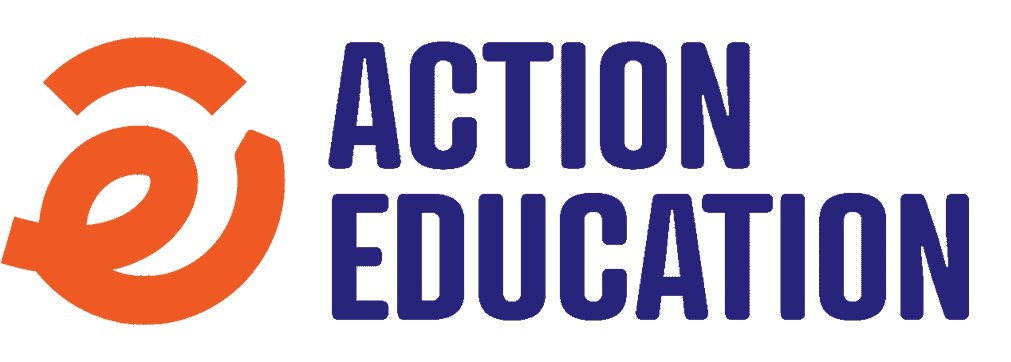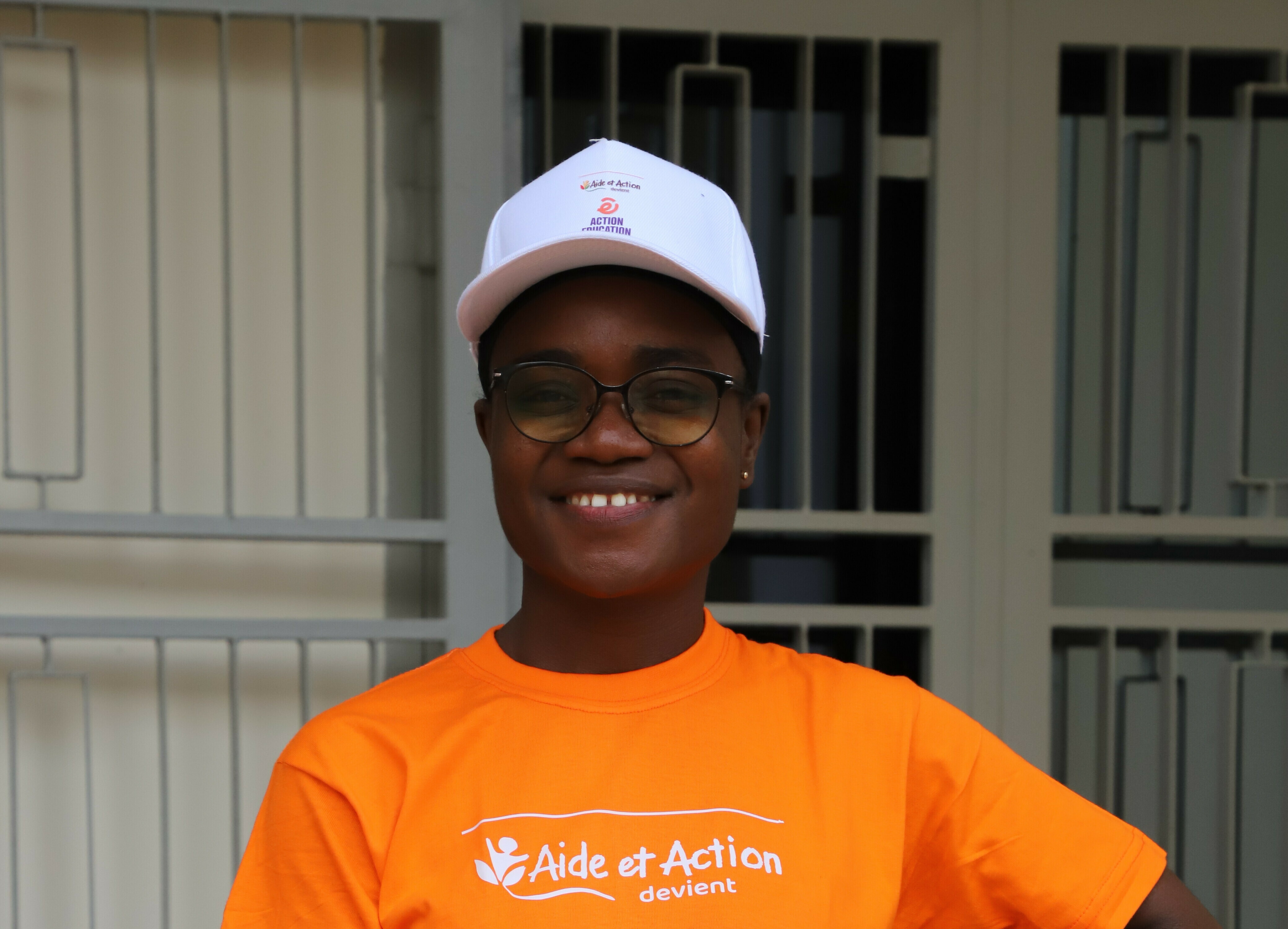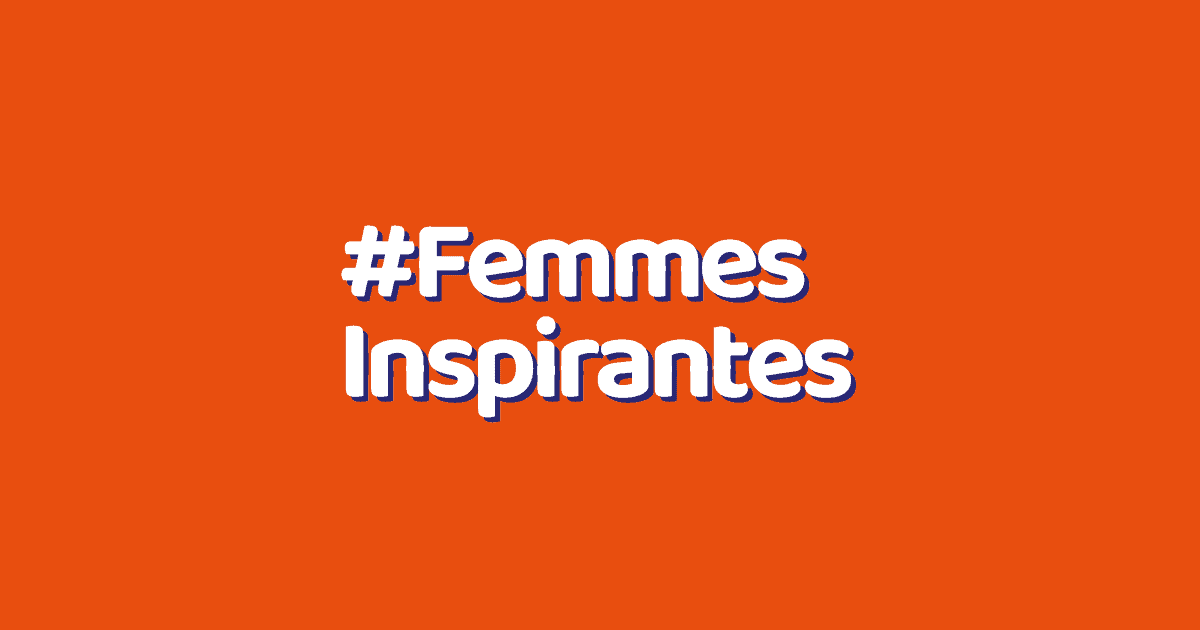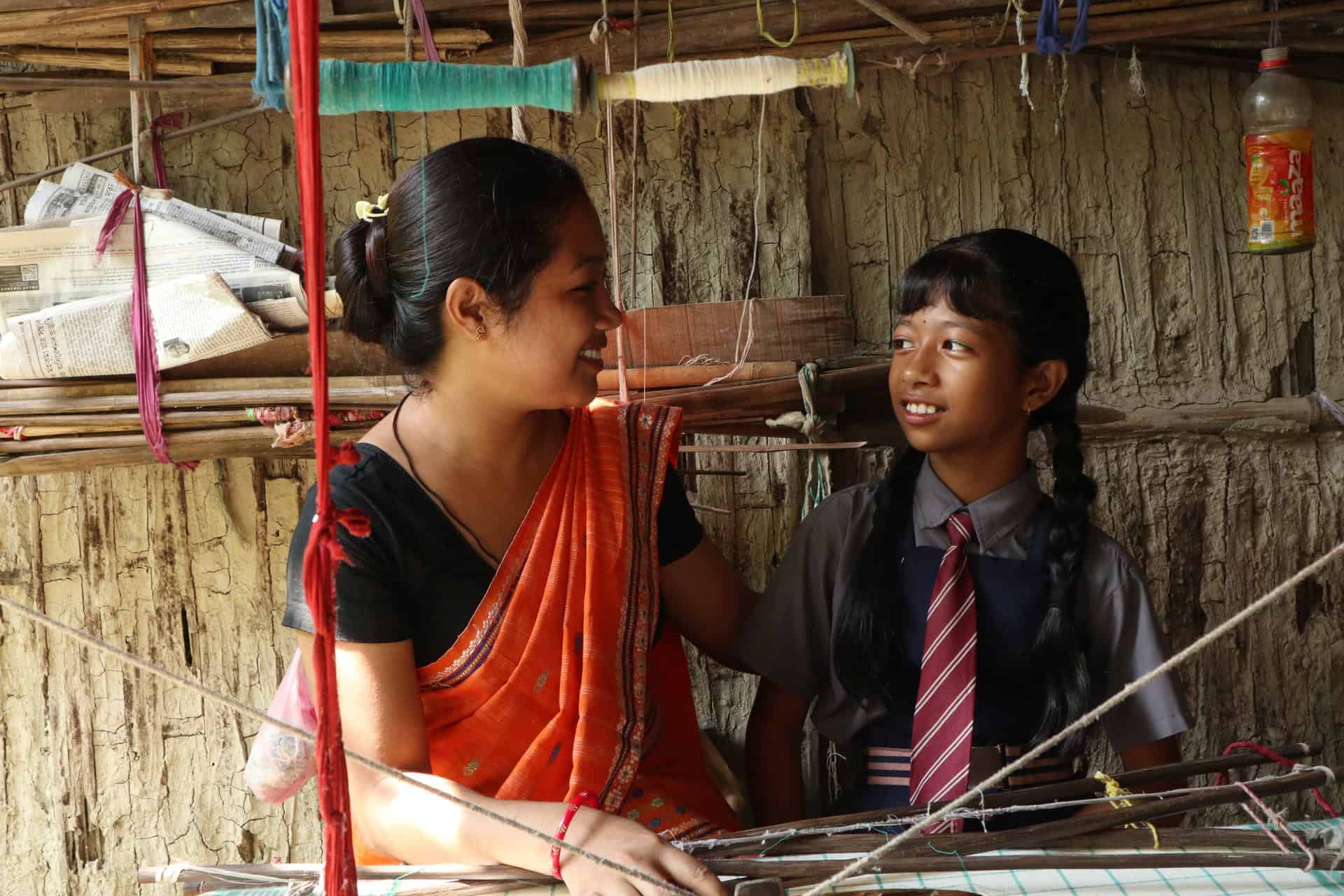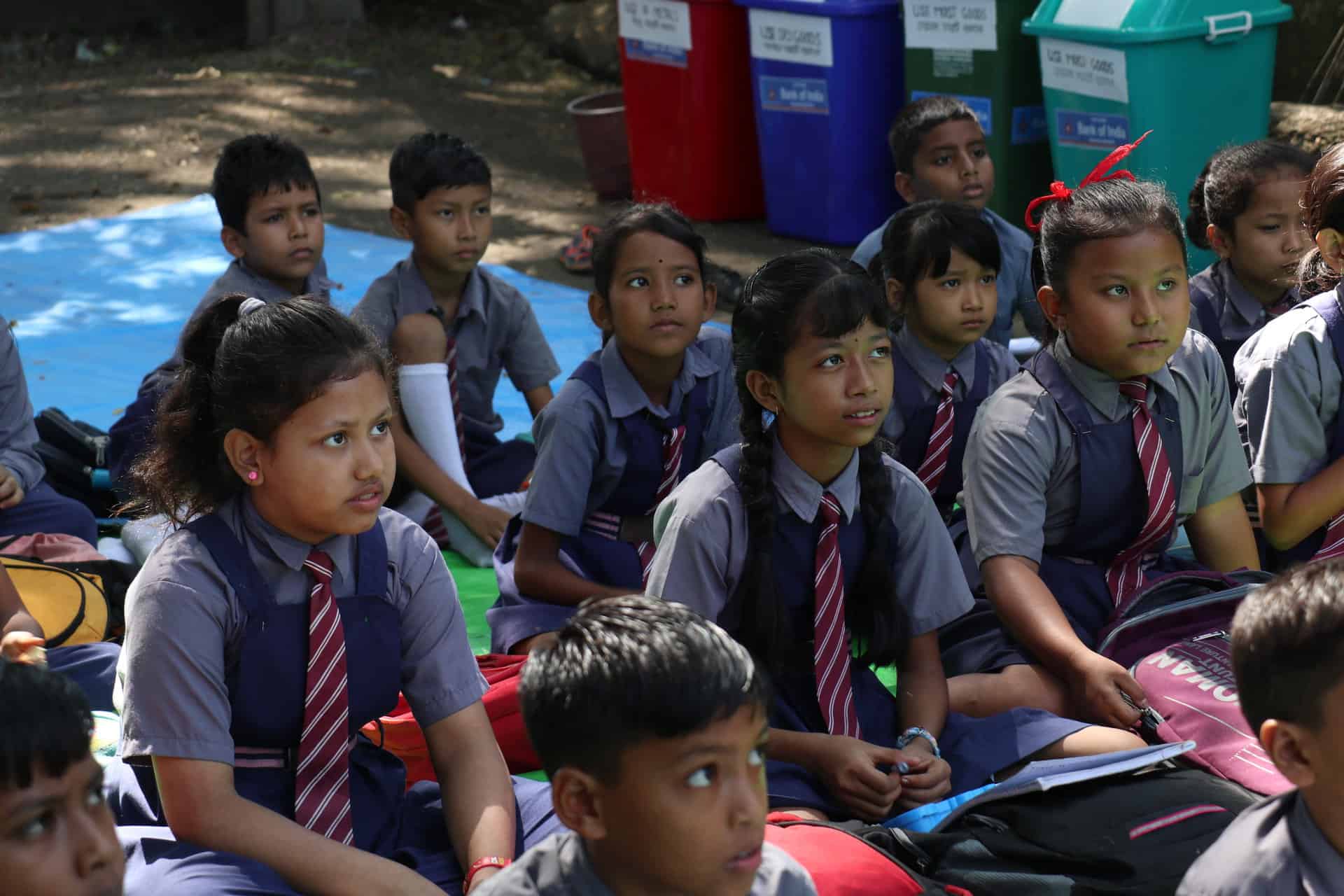©️ Arina Bzhinaev / Olivier Bénier
In addition to its entertainment value, dances as an art form have positive effects on individuals and society. Applied to education, they are a factor of creativity, inclusiveness, critical thinking and communication which are beneficial for the intellectual and cognitive development of children. There is therefore no doubt about the importance of dances for quality education. Action Education, as a major player in the fight for access to education worldwide, is well aware of the urgency of integrating dances and cultural values into education. For this reason, we are going to give you an overview of Indian culture through the discovery of some of the country's dances.

The importance of dances in education
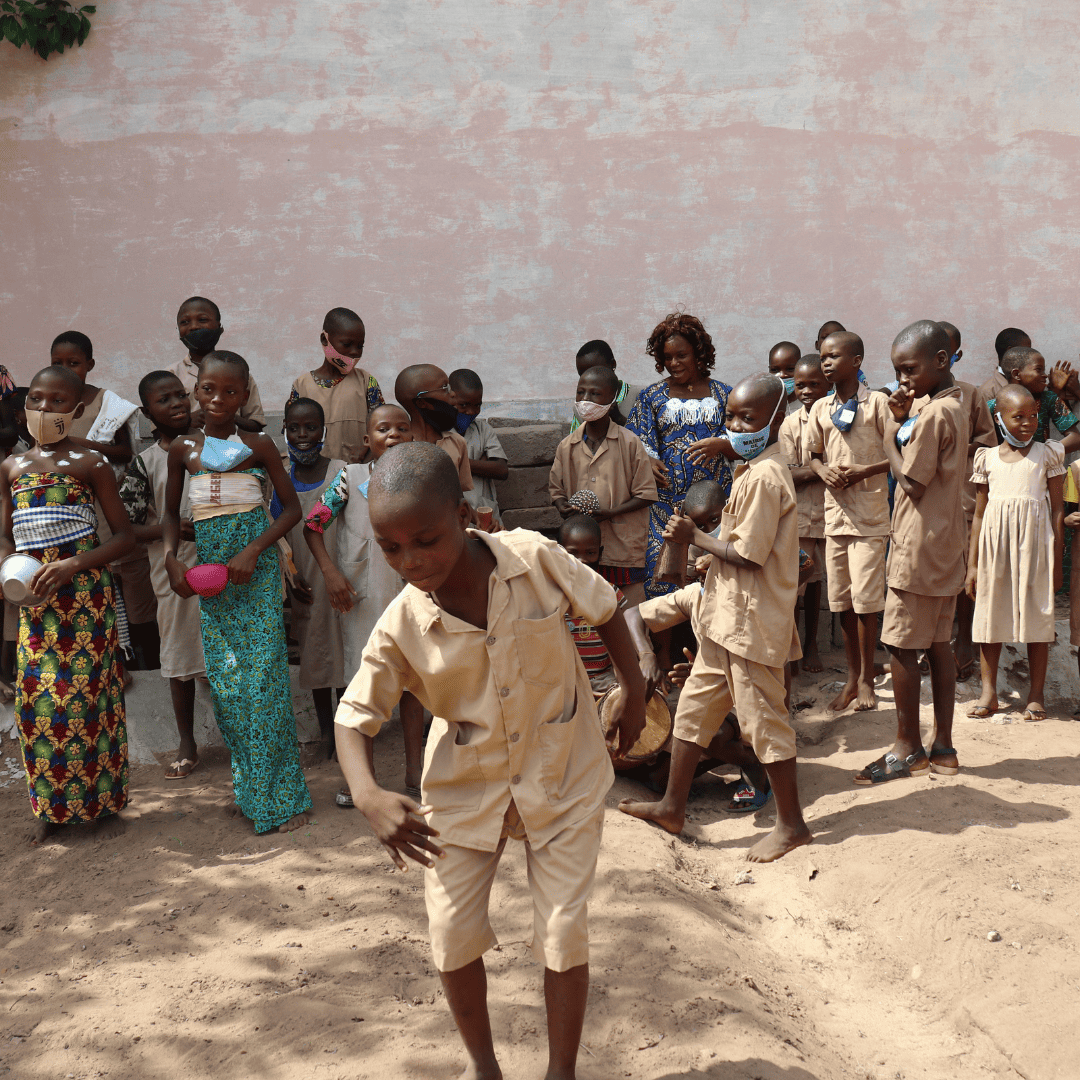
Dances, whether traditional or classical, have beneficial effects on the mental, intellectual and social development of children. Indeed, in addition to connecting them to others, dances foster in children a full awareness of their existence and link them to a whole system of cultural values and principles that they might otherwise ignore. In school education, dances enable children to, among other things
- Developing skills for learning and assimilation
- Cooperating with each other
- Developing social and emotional learning skills (e.g. expressing themselves non-verbally for children with communication difficulties)
Today, with the empire of the Internet, no people or culture lives in autarky. The regions of the world and their values, cultures and dances are exposed with the dimension of sharing that this implies. Action Education, by virtue of its missions, is also the bearer of this message of interculturality, otherness and discovery of others.
Discover with Action Education 6 traditional dances from India.
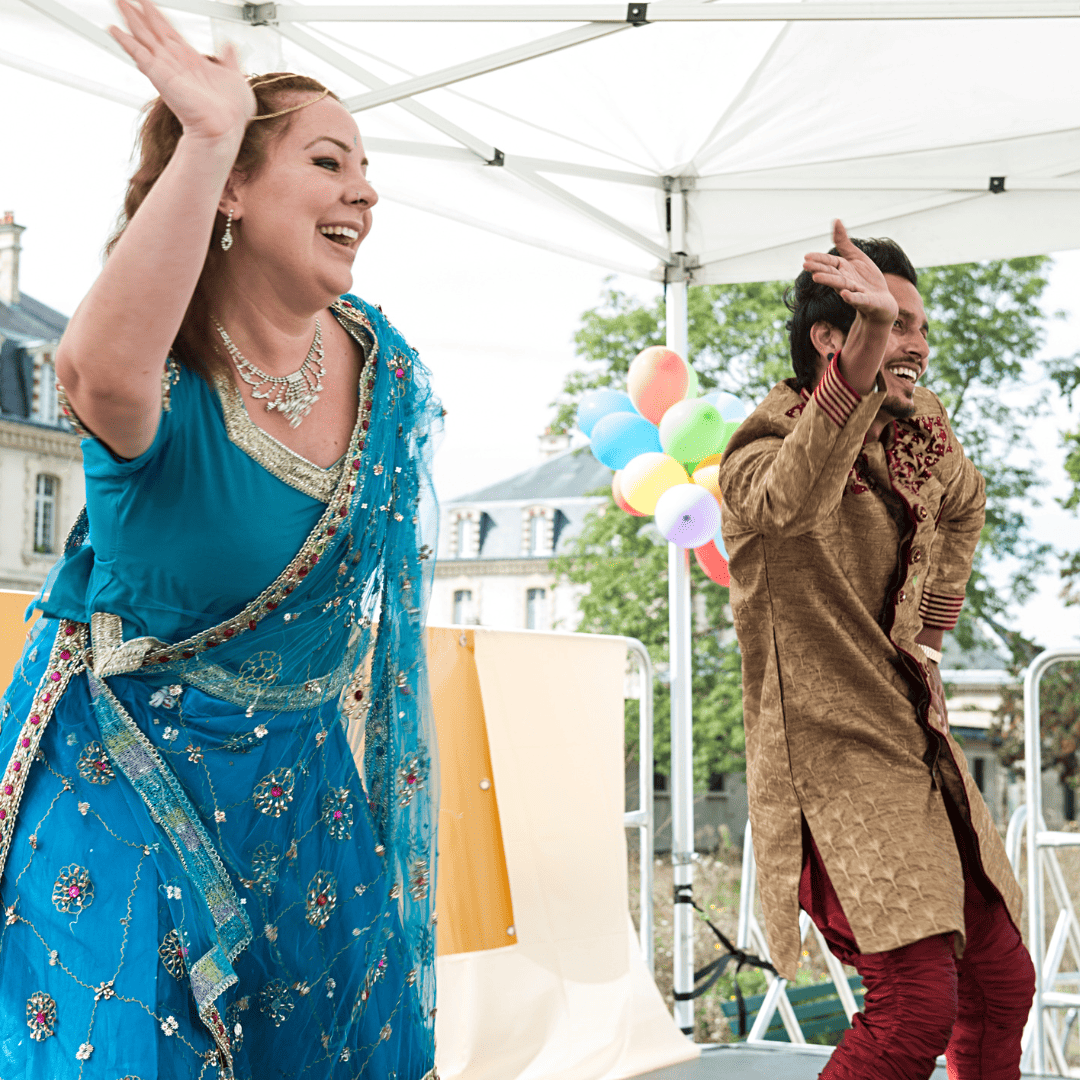
The Bharatha Natyam is one of the oldest dance forms practiced in the temples and royal courts of South India since ancient times. The word Bharata is composed of three parts: Bhava which means mood, Ragamusic, and Talaqui is translated into rhythm. As for the word NatyamIt means dance. The dancers are dressed in colourful silk costumes specially designed for this dance as well as head ornaments, necklaces and bracelets.
The Kathakali is the traditional dance of the people of the state of Kerala. It is a dance that symbolises the victory of truth over falsehood. It is an elaborate dance drama (play) in which the actors portray characters from Indian mythology. The Kathakali is performed with masks and costumes made on purpose to emphasise that the characters are supernatural beings from another world.
L'Odissi is a lyrical dance form that depicts the mood of the state of Orissa and the philosophy of the popular Hindu god Krishna. The dancers wear colourful costumes and traditional silver jewellery.
The ManipuriThis is a classical dance from the Manipur region of northeastern India, which is devotional in nature. This dance differs from other traditional classical dances in the slow movement of the arms and the gentle work of the feet. The costumes used in this dance form are ornamental and colourful.
The Bhangra is a lively form of folk music and dance originating in Punjab. Punjabis (inhabitants of Punjab) practice the Bhangra to celebrate the success of the harvest. The dancers begin to move in a circle around a drummer. The costume of a Bhangra dancer consists of a brightly coloured turban on the head, a lungi of the same colour, a long tunic and a black or blue waistcoat. Some dancers wear anklets and small rings (nuntian) in their ears.
The dance Kathak originates from the state of Uttar Pradesh. It is the only dance in which there is a fusion of Hindu and Muslim cultures. The distinctive feature of Kathak is its brilliant footwork and steady movement with a fast tempo that adds to the beauty and grace. The typical Kathak costume resembles Mughal miniature paintings.
For more information
- Discover our "dance and education" playlist
- Aide et Action and Epic Arts publish a specialized manual on teaching through artistic expression for disabled children in Cambodia
- Migrant mothers in India organise a series of cultural and sporting events for their children
- Dance as a passion, testimony of Nivedita S.
